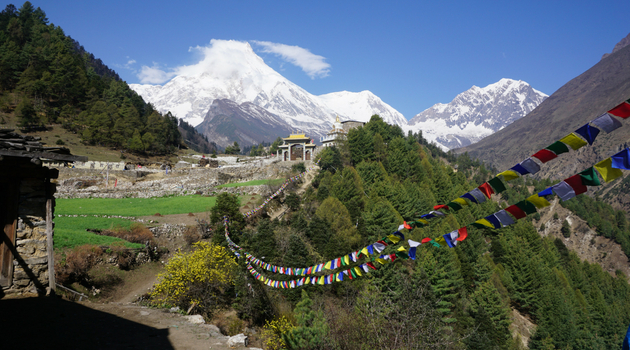
Trails Untreaded – The Manaslu Story

For a lover of the outdoors and an admirer of nature, a trek is akin to a path to divinity — an occasion to admire natural vistas, a chance to test your body and mind, and an opportunity to bond with your fellow traveller. Trekking is a popular pursuit in India, and enthusiasts are always on the lookout for newer trails to test their mettle on.
In recent years, the Manaslu circuit has steadily climbed the charts when it comes to preferences of avid trekkers. Manaslu, the “mountain of the spirit”, is the eighth highest peak in the world at 8,163m. The name comes from the Sanskrit word manasa, which means intellect or soul. Following the degradation of the Annapurna circuit because of the disrupted hill road leading up to Dharapani, Manaslu is now the major mountain circuit trek in Nepal.
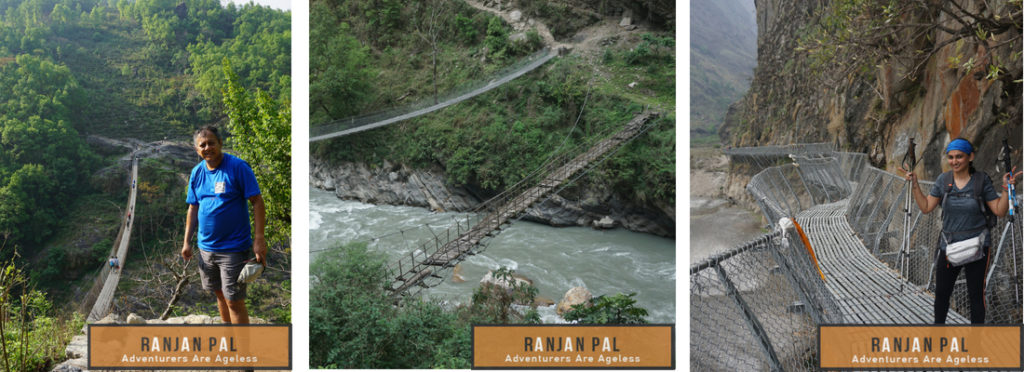
As an experience, Manaslu stands out! The route has stunning views of the bounty of nature, relatively pristine and unknown, unspoilt by rapid popularity and hordes of visitors. It is as much a test of physical capability as of mental fortitude. A major attraction is that the route traverses the entire range of climatic zones — from subtropical to arctic — and offers a diverse range of flora and fauna. Starting at Soti Khola at 700 m, it goes on to its highest point (5,160m) at the Larkya La pass and then descends again to Dhara-pani (1,700 m). Strict conservation measures followed by the monks of the local monasteries have helped the wild-life to flourish, and the Manaslu Conservation Area is now an important habitat for wildlife such as the snow leopard, grey wolf, musk deer and more.
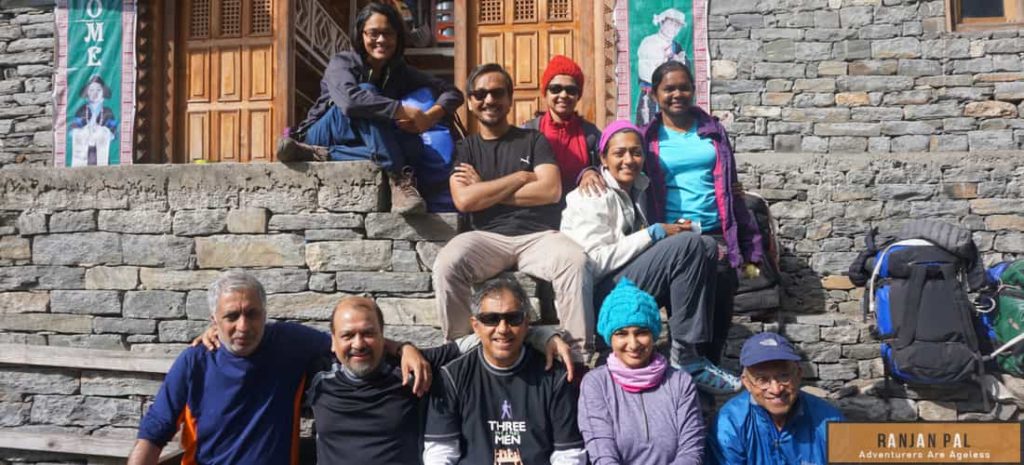
Am I fit enough to do this trek
- Any reasonably fit person can do the trek; mental strength, more than physical ability, will ultimately get you there.
- An abundance of testosterone and a dearth of good sense is risky – do not trek to impress
- Brisk walks for an hour a day and climbing stairs with ankle weights are excellent preparation
- Work out for at least 45-60 min daily; do not forget to take a rest day sometimes in between!
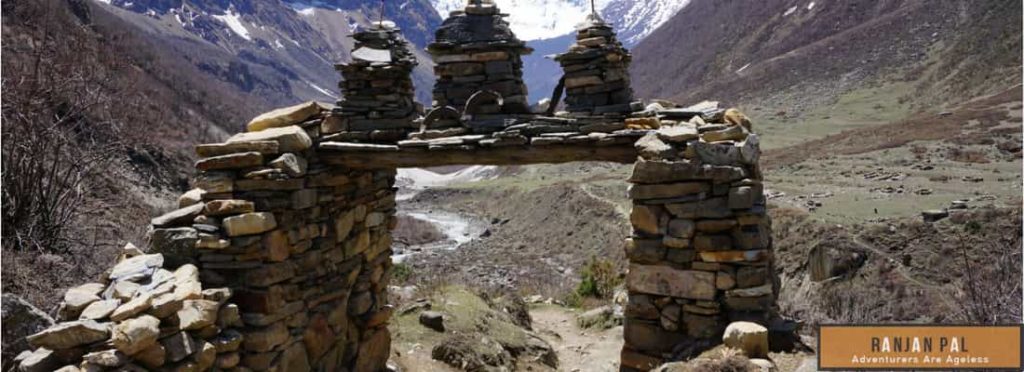
On the first morning, our group — a mixed bunch in terms of age and experience — set off from Soti Khola through the lush subtropical forest. The trek route follows the course of the Budhi Gandaki (it means Grand Old River), which drains the northern flanks of the Manaslu massif. Almost right away, we faced our first challenge — a difficult river crossing, which involved carefully edging along an immensely long and narrow steel footbridge, which swayed and swung alarmingly under our feet. We were to face many more such hurdles but we gradually got used to them. What kept us going was the sight and sound of the river foaming and roaring its way down the narrow valley below like a giant green snake, always a spectacular although somewhat unnerving vision.
The first four stage of the trek followed this pattern of gradually climbing the slope through the forest, though we did suffer setbacks due to a couple of unexpected diversions. This region of central Nepal had been devastated by the great earthquake of April 2015, and while the government had declared the route open in time for the autumn season of 2016, the occasional landslide and the attendant delay (as with any trekking route) cannot be ruled out, so you are well advised to factor them into your trekking time.
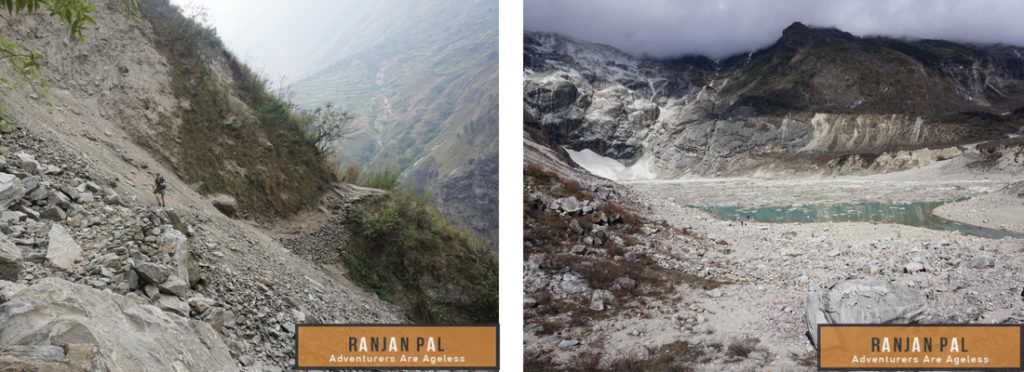
As we climbed higher, we often stopped to admire the magnificent view and to catch our breath, of course. Far below, the Budhi Gandaki was a source of endless fascination, its aspect changing every few miles — at times a raging torrent rushing through a deep gorge, at others a meandering stream moving more sedately in braided channels through a wide, flat valley. We spent the nights in spartan teahouses, which are now found along the entire length of the Manaslu circuit. If it is luxurious living you are looking for, it is advisable to carry your own tents and foodstuffs.
After reaching Namrung and breaking through the treeline, the trail eased up, and we were able to admire some spectacular mountain vistas. Behind us were the distant peaks of the Ganesh Himal, while beyond the lush green fields of barley flanking the Budhi Gandaki and across groves of pine, craggy spurs rose to rocky pinnacles flecked with snow and ice. These are the lower flanks of the Kutang and Pangkar Himal, which form a formidable 6,000 m-high barrier between Nepal and Tibet. Trailside, the Himalayan giants of Himalchuli, Nadi Chuli, and Manaslu towered above us, ethereal in their beauty, but often veiled by a thick cloud cover, offering only tantalising glimpses of rocky but tresses and ramparts, covered with snow and ice, and soaring dramatically into another world.
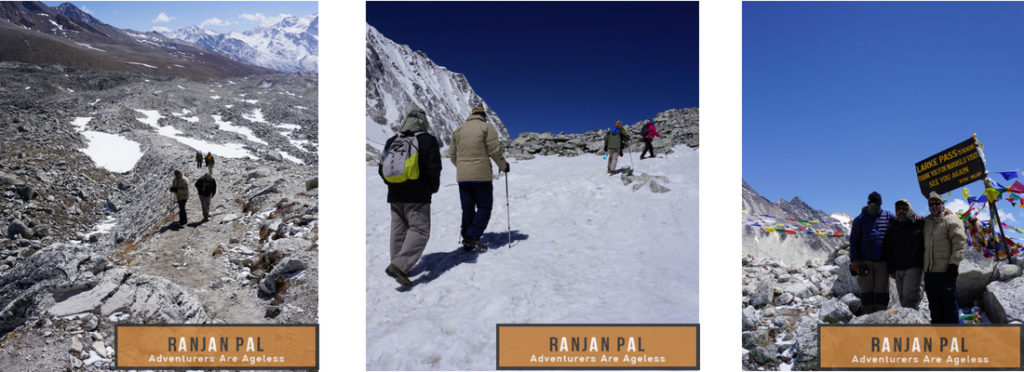
We now entered the Nubri valley, as the upper area around the headwaters of the Budhi Gandaki is called. The Bhotiya people here are mostly of Tibetan descent, as reflected in the names of the villages we passed through — Lhi, Lho, and Samdo. The cultural shift to Tibetan Buddhism in the valley is manifested most commonly in the profusion of mani walls (walls made of rocks inscribed with Buddhist spells, mantras, and depictions of Buddhist deities) and kani gateways with their characteristic omnipresent eyes that typically bookend the two ends of villages in the region. People are friendly, perhaps because they are not as exposed to trekkers as locals on the Annapurna circuit, and it is always a good idea to carry a pocketful of sweets for the village children who scamper across your path.
We took our rest day at Samagaon, a large hamlet watched over by the twin pinnacles of Manaslu, glittering in the morning light like the horns of a giant ice dragon. A short uphill walk took us to what used to be a substantial lake called Birendra Tal, fed by the giant Manaslu glacier. Now the lake is a forlorn shadow of itself, its edges shrunken and narrowed, and its surface covered with dirty ice floes melting rapidly in the sun. It is a place of inner reflection, and sadly is also a powerful reminder of the staggering impact of climate change on our planet.
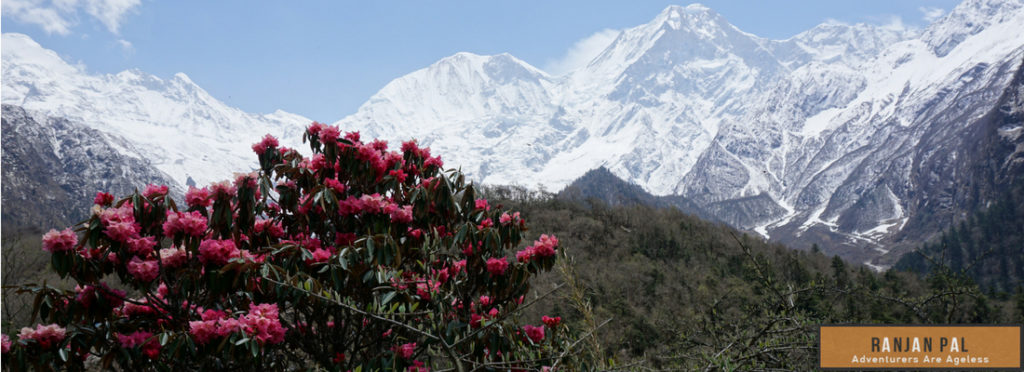
Should i worry about acclimatisation?
- Acclimatisation cuts the risk of acute mountain sickness (AMS) – headache, nausea and fatigue
- Any reliable operator will build in 1-2 days for acclimatisation on the way to the Larkye La pass
- On the break day, make a short hike to a nearby viewpoint. The idea is to climb high and sleep low
- Do not compromise on this, as feeling lousy will ruin your adventure, and it takes days to recover
Unquestionably, the high point, both literally and figuratively, of the Manaslu circuit is the crossing of the Larkya La pass (5,160 m). Although it is not as high as the other passes in the Nepal Himalaya (Thorung La on the Annapurna circuit is 5,416 m), what it lacks in altitude it makes up for in sheer length. We started at 5 am, in freezing cold and darkness, from Dharamsala (4,460 m), the last frontier stop before the pass, pushing our way up the rocky moraine under the lightening sky. All around were crystal peaks, soaring into the pristine blue vault of heaven. Fortunately, the weather gods smiled down on us, giving us clear passage over Larkya La.
The trail was long and exhausting, winding ever upwards through the moraine, following a line of iron staves that acted as beacons to weary trekkers. Six hours after we started, we saw a line of prayer flags just above the blue horizon, bright patches of colour in the unrelentingly harsh landscape. A few weary steps and we were at the pass, sandwiched between the Larkya range to the left and the ridges leading up to Panbari Peak to the right. Surrounded by high mountains, glittering with an almost blinding, “other-worldly” brightness, feelings of happiness, gratitude, and relief engulfed me and pushed the fatigue away, at least for the moment.
This article has originally appeared in the 3rd quarter of 2017 edition of “Audi” magazine. Check the PDF version here.
![]()


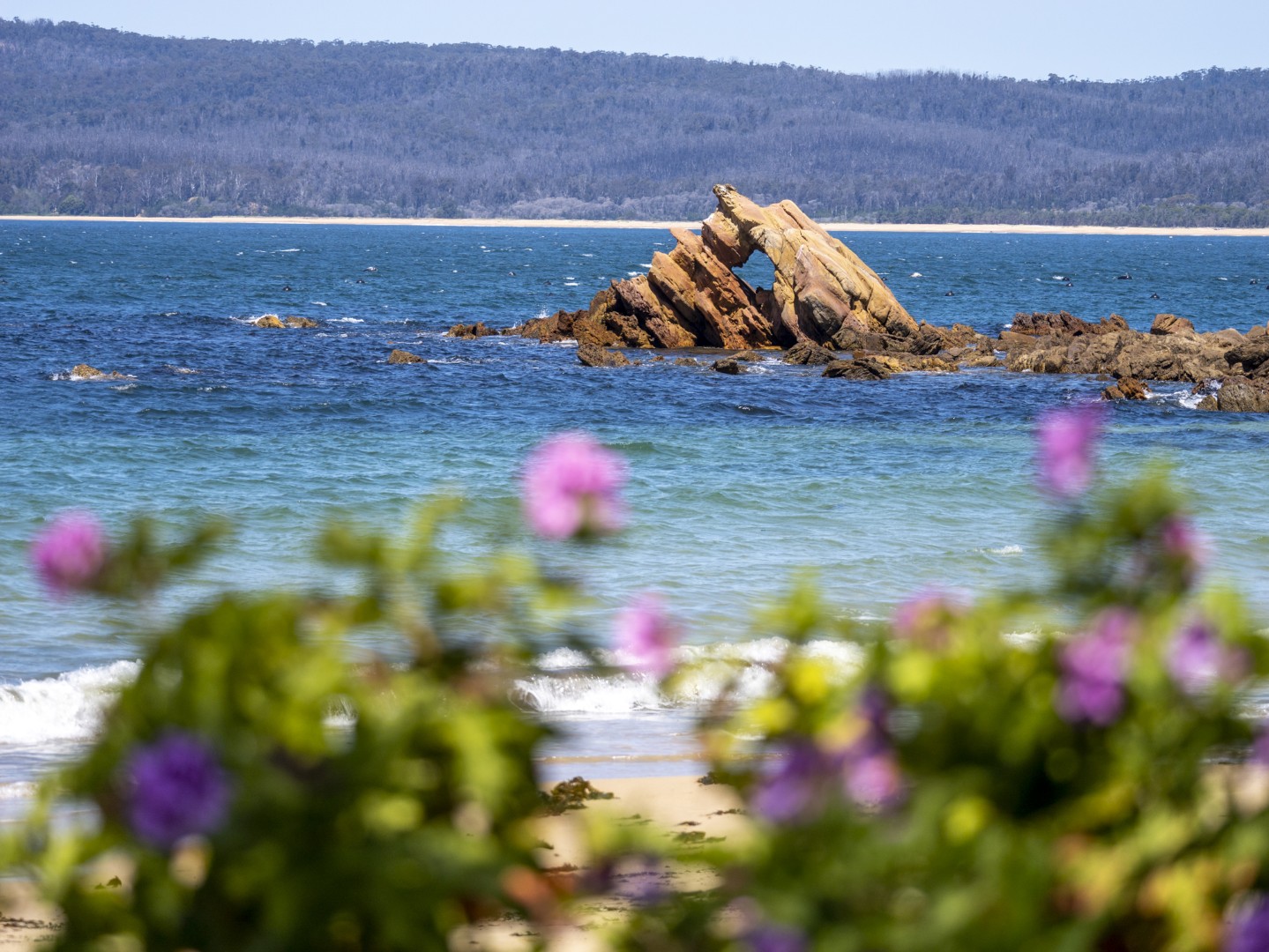
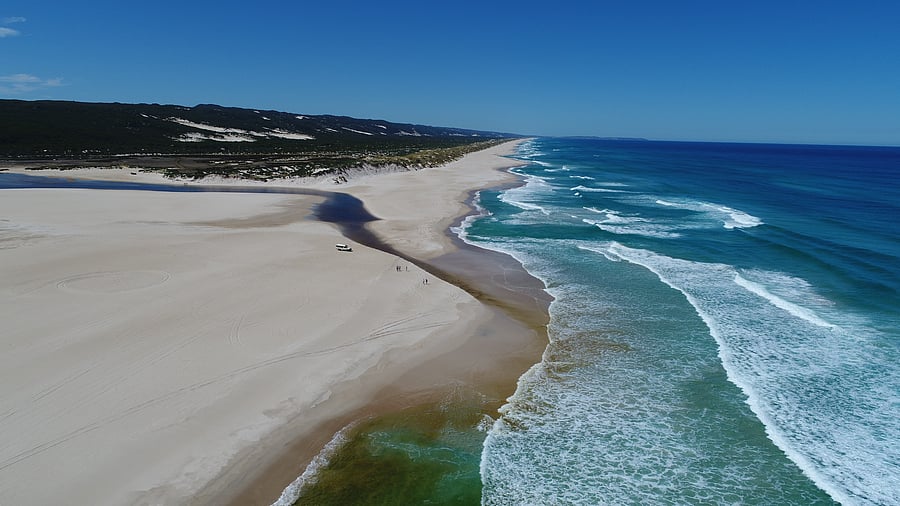
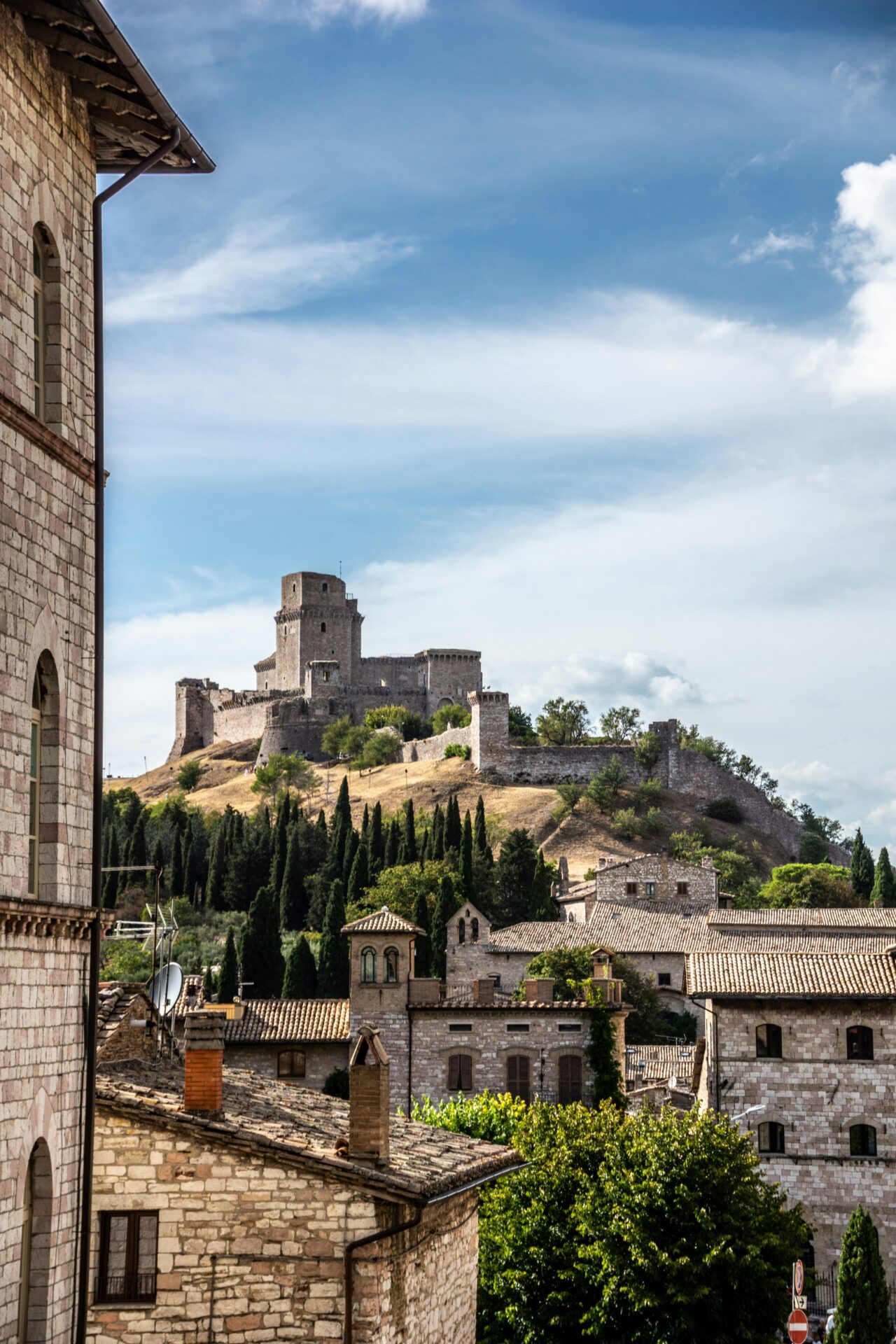
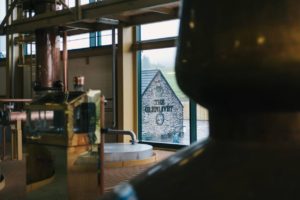
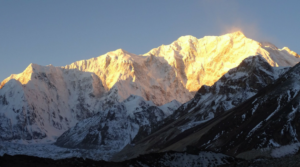
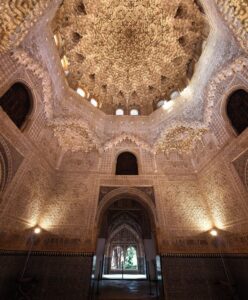
Very interesting subject , thankyou for posting.
Most welcome ! Glad you enjoyed the piece and hope you get to go one day 🙂
Most welcome ! Hope you get to do it one day 🙂